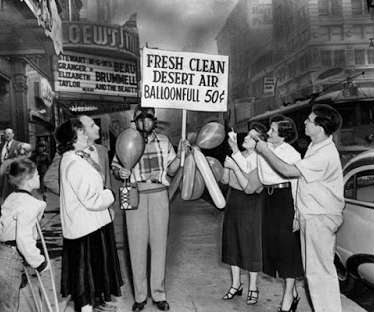Public Comment Period Opens as Ohio EPA Issues Draft Revisions to Reasonably Available Control Technology (“RACT”) Requirements for Control of VOC and NOx Emissions
Vorys Law
MAY 20, 2021
Ohio EPA has proposed rules that will require additional Volatile Organic Compound (VOC) and Nitrogen Oxide (NOx) emission controls for certain manufacturing and industrial operations located in the Cincinnati and Cleveland 2015 ozone nonattainment areas. Like VOCs, NOx is a precursor compound which can form ozone.












Let's personalize your content